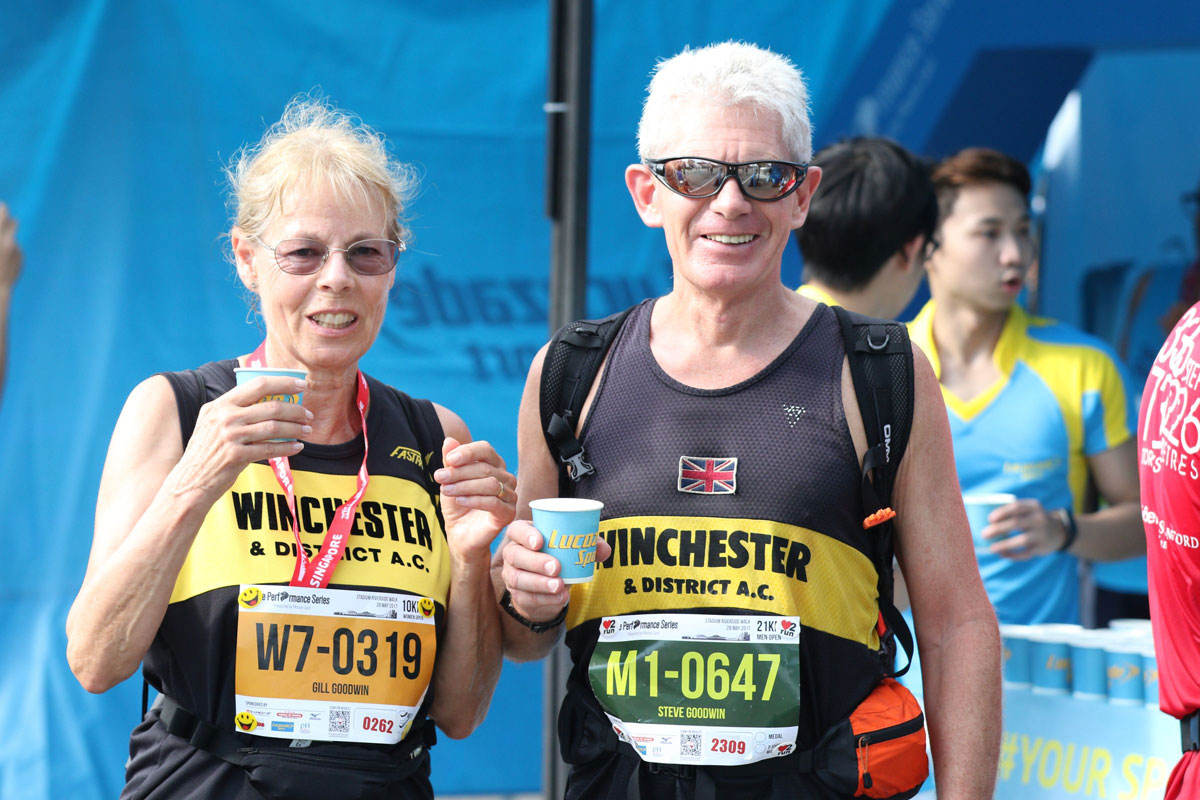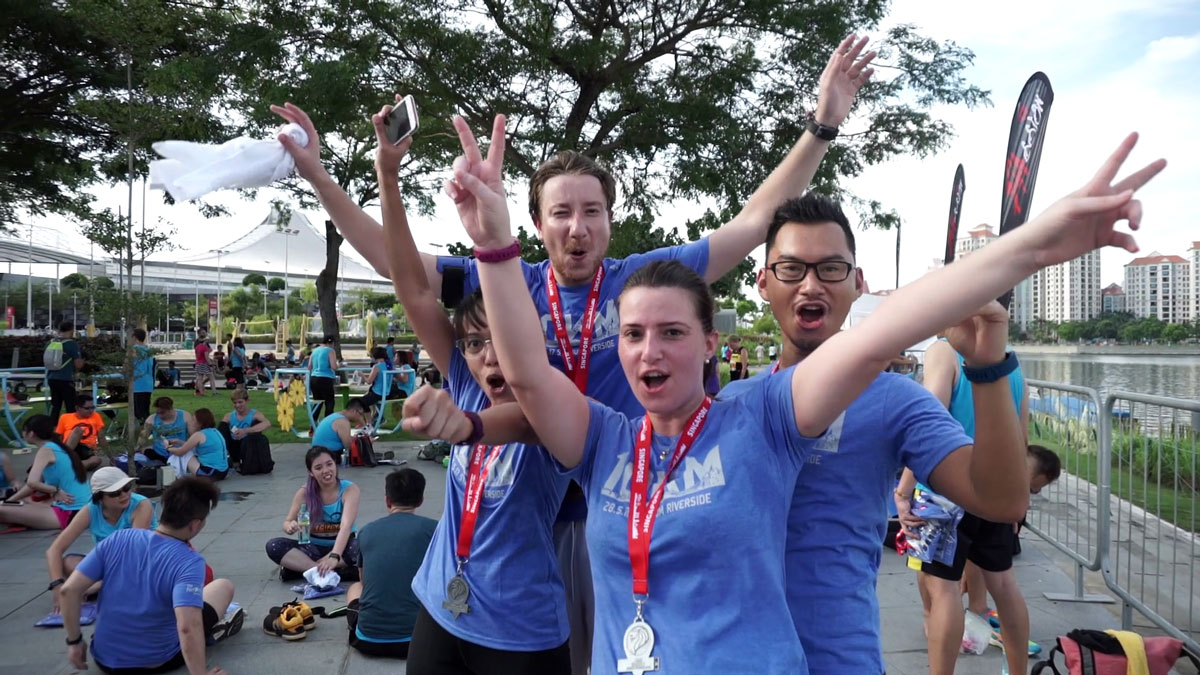Follow a Plan
Success in any endeavor comes to those who plan. Pilots follow flight paths, builders have an architects plan, while businesses have marketing, financial, operational plans and more.
If you’re interested in improving your running, staying injury free and enjoying your training, having a training plan will set you on the right path, hold you accountable and take the mental effort out of deciding what to do.
> Try Coached heart rate based running plans FREE for 14 days.
Release attachment to the outcome

When you focus on high-quality processes – smart training, eating whole foods, getting plenty of sleep, executing a controlled race – the outcome (your result) will be the best possible result given your starting ability and the time you had to prepare.
By releasing attachment to the outcome and focusing on the things over which you have control, you free yourself up to enjoy the process of training and racing and you’ll feel satisfied with the result whether you hit your desired timing or not.
Use a heart rate monitor
A heart rate monitor provides you with an objective way for measuring intensity and should be a key piece of equipment for all runners looking to perform well and be healthy.
By training according to your heart rate, you ensure you work hard enough to get the desired result but not so hard that you compromise your recovery.
If heart rate is the same or lower and your pace is increasing over time, your training is working and you are becoming more efficient.
Strengthen your butt
Being stable in the hips helps you to transfer power through the ground leading to faster running. It also makes you a more resilient runner, less susceptible to injury. The most common weakness I see in runners is a weak butt so dedicate some time each week to strengthening your butt muscles and you’ll be rewarded.
Strengthen your core

Your ability to transfer power through the ground and maximise forward movement is largely determined by the strength of your core. Spend some time each week training the muscles in your core. As little as 10mins twice a week, when done over a long period of time, can have a massive impact on your performance.
Track your progress
Tracking your heart rate against your pace is an easy way to track your progress that doesn’t involve constant time trials. If your HR is the same or lower and your pace is getting faster over time, you are improving.
Choose the right gear
The equipment you use and wear needs to be comfortable and serve it’s purpose. Invest in good quality advice and gear that is suitable for your unique body and requirements. Avoid marketing hype around products and instead focus on functionality and your specific requirements when selecting your equipment.
Choose your gear early

Trying new things on race day is an easy to self sabotage your efforts. Purchase any new gear you need 1 to 2 months before race day to allow plenty of time to practice and ‘break in’ your new kit. Blisters, chafing, bloody nipples and black toenails are largely avoidable when you have gear than you have frequently used and are comfortable in.
Take a day off to avoid a week off
Take a day off to avoid a week off. Take a week off to avoid a month off. Take a month off to avoid a year off. Consistency is key to great performance so don’t be scared to take additional rest when it is warranted.
Plan your races carefully
Don’t be like most runners who do every race on a whim. Pick 2 – 3 races each year where you want to do your best and then select complimentary races that form part of your preparation. Carefully selecting your races limits your chances of over racing and ending up overtrained, injured or sick.
Practice your race nutrition in training
Practice your race nutrition strategy in training to ensure you don’t suffer any of the following complaints on race day
- lack of energy
- stomach distress
- bloating
- frequent need to pee
- cramps
Don’t just practice taking in fluids and gels at easy pace. You need to practice at race pace too to make sure that your stomach can still stomach the calories when under stress.
Run on an empty stomach
The body has 2 main fuel sources when you run long distances – fat and sugar. To improve your ability to generate energy from fat and to conserve your precious sugar stores, do some of your low intensity runs on an empty stomach.
Measure resting heart rate
Measure your resting heart rate each morning to assess progress in fitness over long periods of time without the need for time trials or racing. You can also use the numbers to monitor for signs of illness or overtraining while ensuring adequate recovery from the previous day of training.
If your resting HR is 5 – 9 beats higher than usual, keep your run easy and short. If it is 10+ beats high, take a day off and don’t return to running until it is back to normal. Click here to follow a heart-rate-based training programme.
Race with control and patience

Many runners get into great shape only to race below their potential due to poor race execution. As illustrated by the recent sub 2 marathon attempt, an even (or subtle) negative split is the best way to maximise your fitness on race day.
An even split means you run every kilometer of the race at the same pace. While this sounds simple, it takes a lot of self control and patience to be able to execute. Avoid the temptation to push fast early and you will be rewarded with a result that maximised your fitness and you will feel satisfied with. Learn more.


